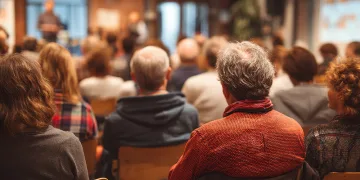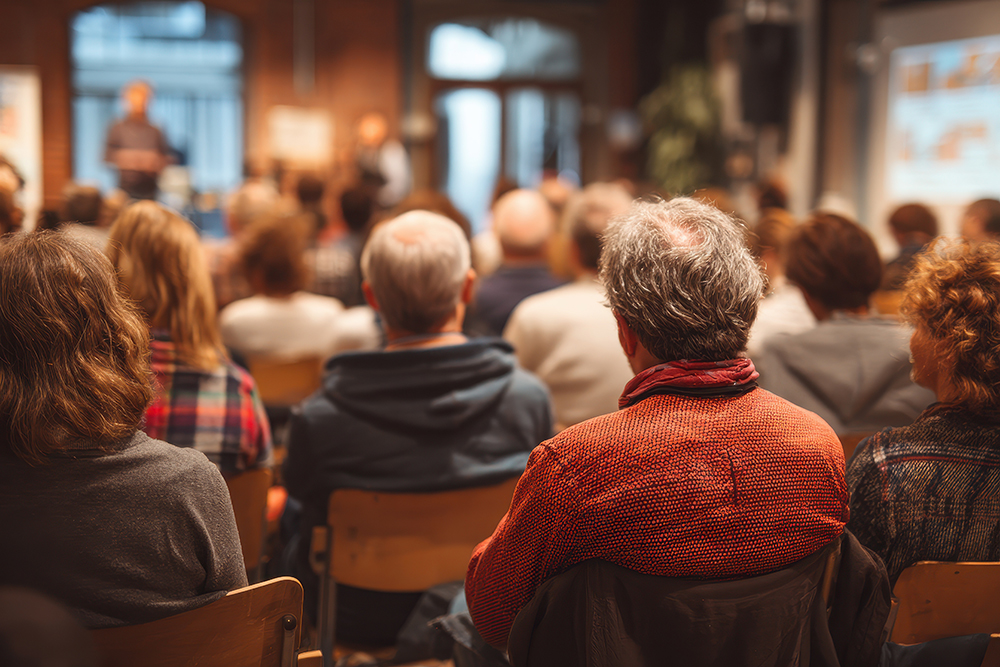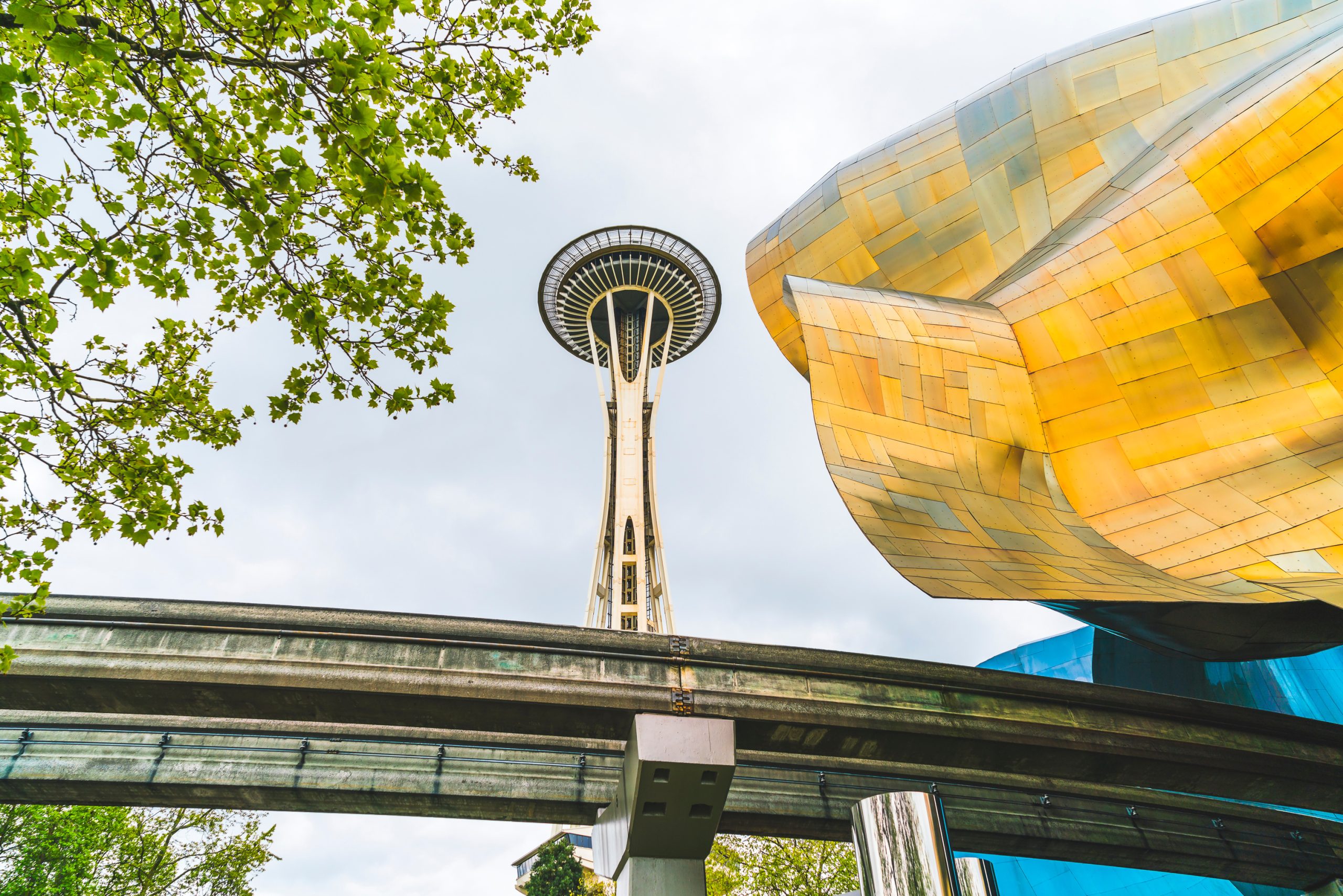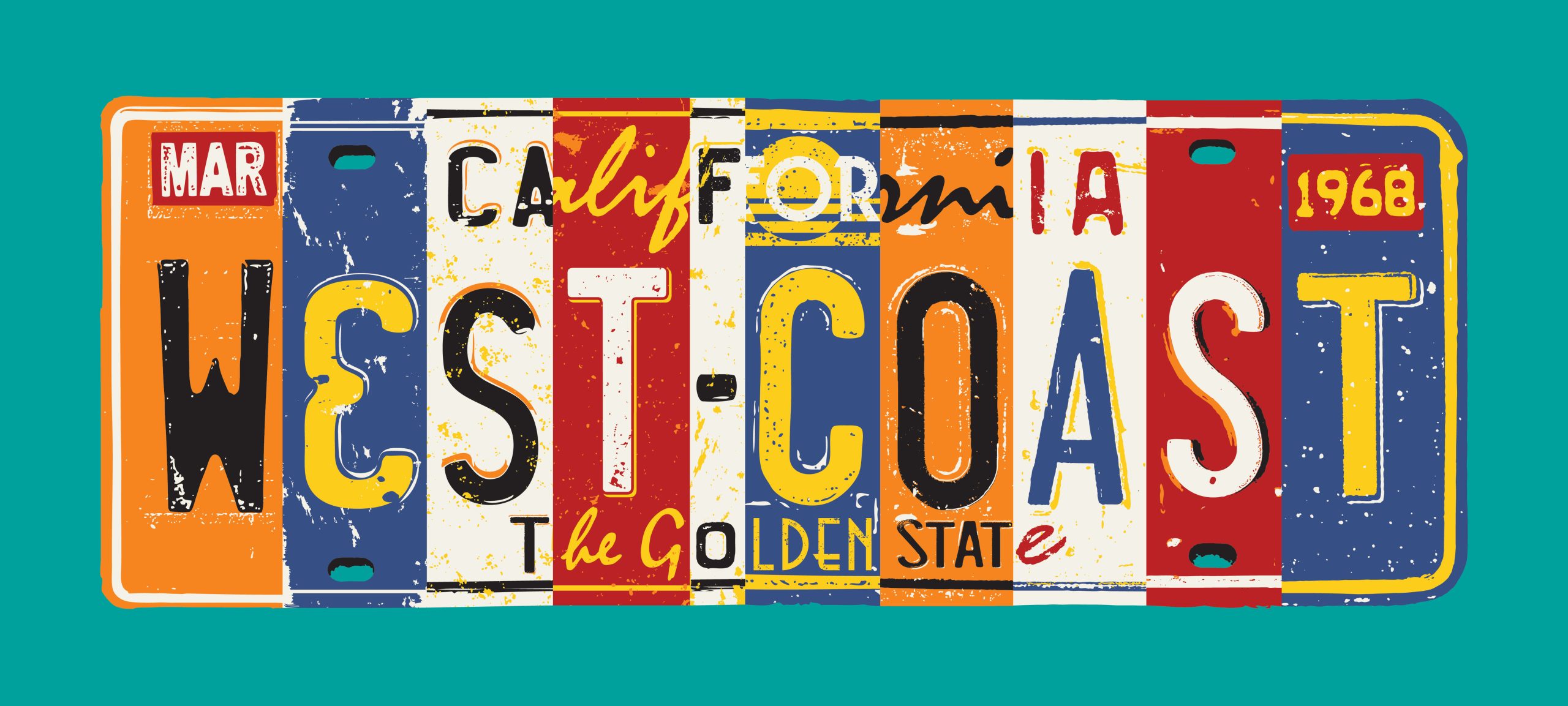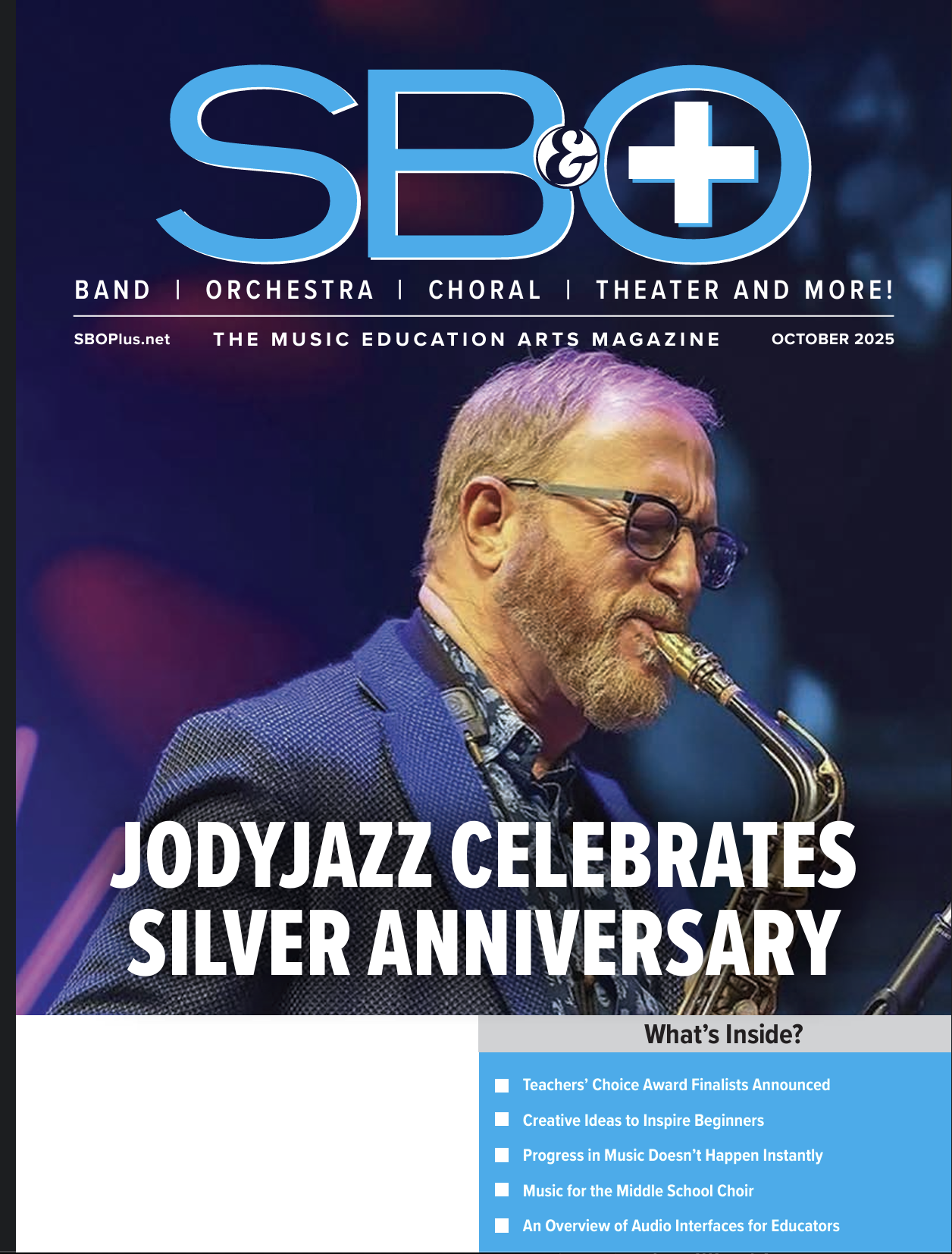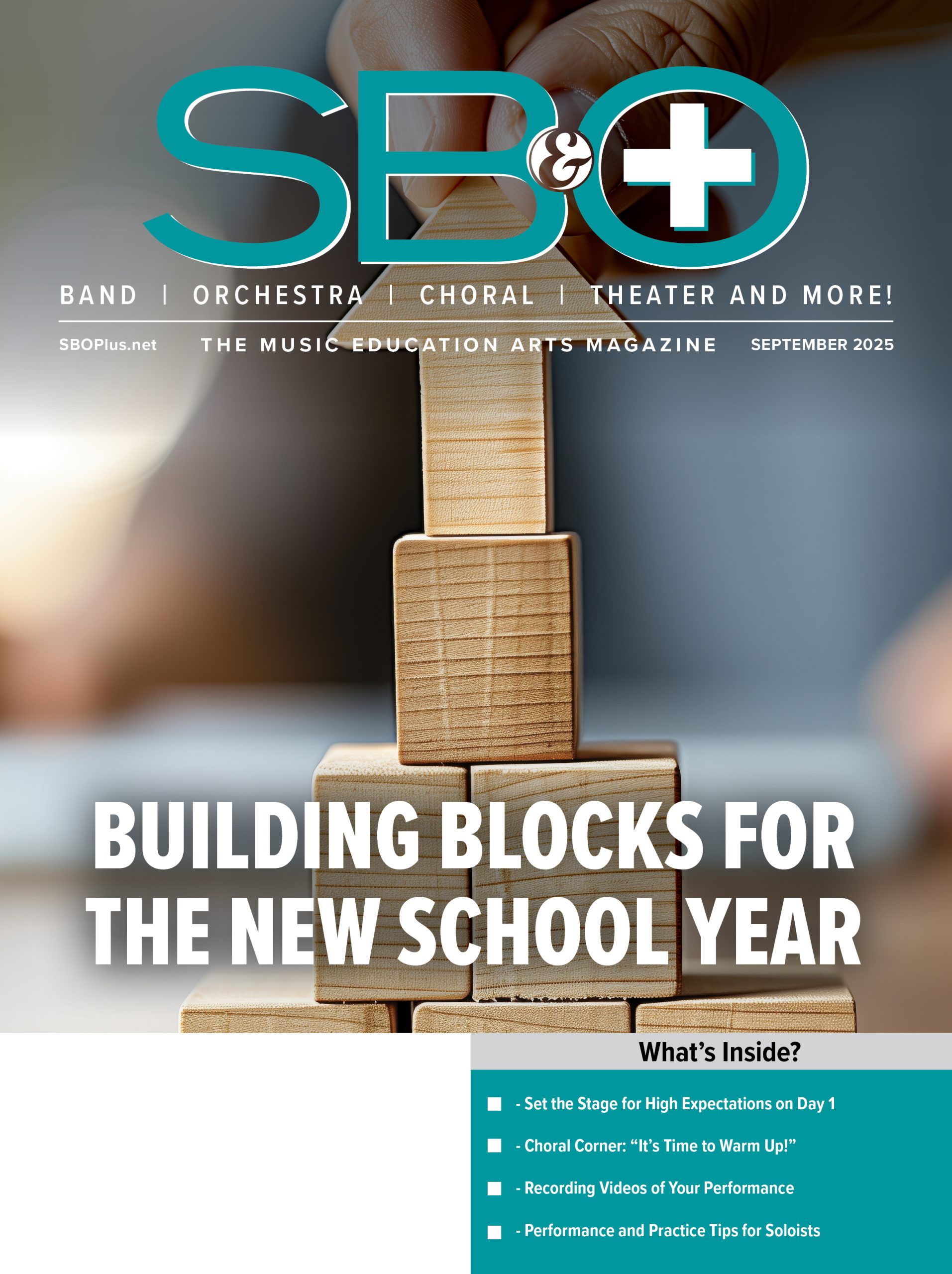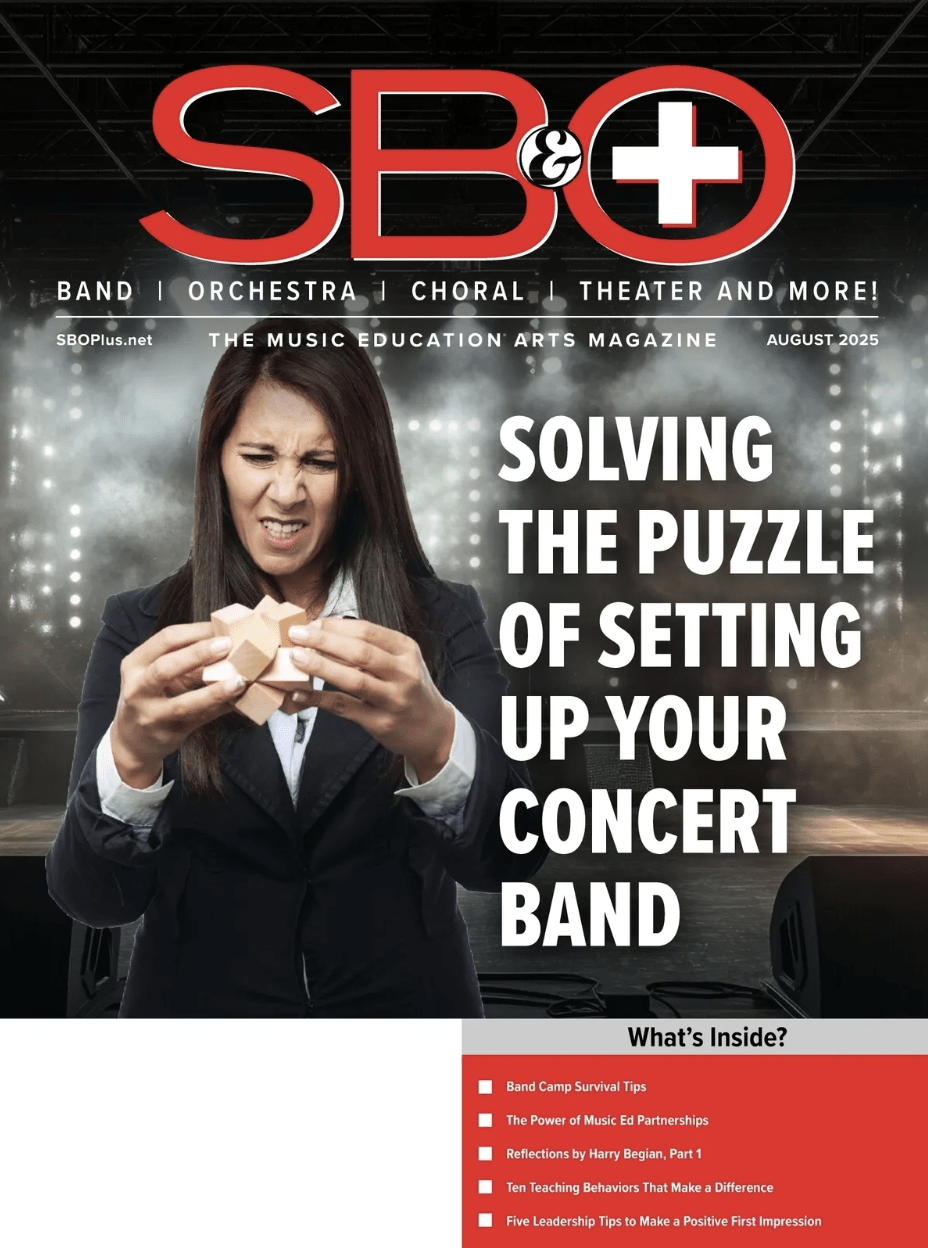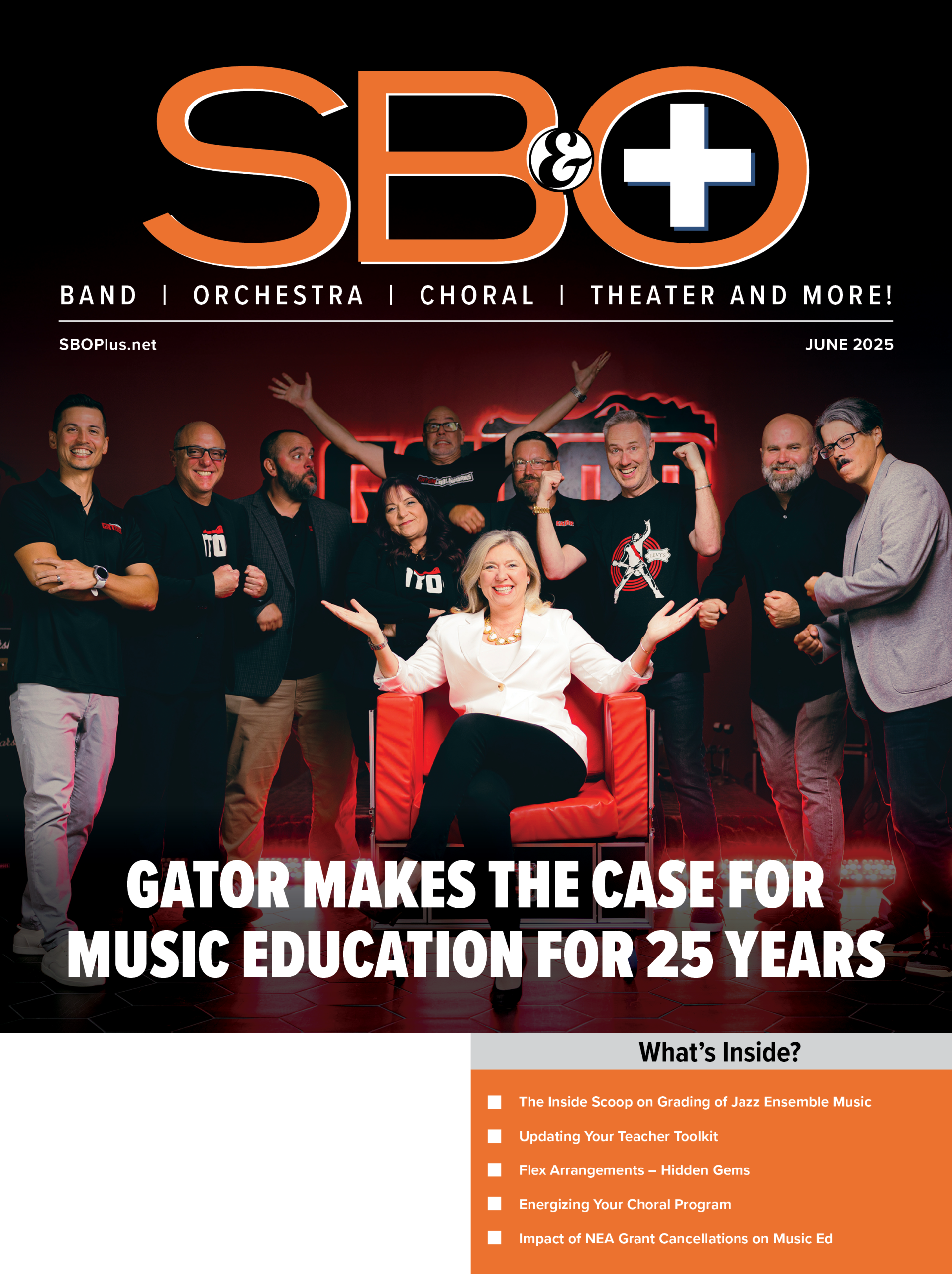By Lisa Canning
As music educators, our primary responsibility revolves around teaching students instrumental techniques, music theory, and performance skills. However, in today’s rapidly changing cultural landscape, it’s essential to reframe how we view our roles—not merely as instructors, but as community organizers. By drawing parallels between the principles of community organizing and music education, we can better engage our communities, nurture a love of music, and ultimately ensure that music education has a lasting impact.
Understanding Community Organizing
Community organizing is a grassroots approach aimed at building relationships and mobilizing community members to effect change. It involves identifying shared interests, empowering individuals, and creating a collective voice. Community organizers work to address various issues, from social justice to public health, and they approach their roles with the understanding that systemic change requires collaboration, trust, and active participation.
Key traits of successful community organizers include:
- Relationship Building: They invest time in forming genuine connections within the community, understanding the needs, desires, and perspectives of all stakeholders.
- Empowering Others: Rather than simply providing solutions, they facilitate opportunities for community members to identify their strengths and take ownership of their involvement.
- Identifying Common Goals: Community organizers help individuals recognize shared interests, fostering a sense of unity and collective purpose.
- Advocacy: They communicate community concerns to external stakeholders and advocate for necessary resources, services, or changes.
Why Music Educators Are Community Organizers
As music educators, we embody these principles while working within and for our communities. Teaching music is about more than imparting knowledge; it is about building a community around shared values and experiences. Here’s how and why we should embrace this organizing mindset in our practice:
- Building Relationships within the Community
Just as community organizers dedicate themselves to fostering meaningful relationships, music educators should prioritize connecting with students, families, and local community members. Taking the time to understand their backgrounds, motivations, cultural contexts, and interests lays the foundation for a strong community. This can involve:
– Personal Outreach: Regularly engaging with students and their families through phone calls, emails, or informal gatherings can help build trust. Invite them to share their musical experiences or aspirations.
– Involvement in Local Events: Attend community gatherings, performances, and other events outside of school hours to show that you care about the community’s cultural life. Establishing an active presence allows educators to gather insights directly from the community.
- Empowering Students and Participants
Effective community organizers empower individuals by recognizing and fostering their strengths. Similarly, music educators can cultivate an environment where students feel encouraged to take ownership of their musical journey. Here’s how:
– Student-Led Initiatives: Allow students to lead projects, such as organizing a school concert or creating a themed recital. This fosters leadership skills and ensures they have a stake in the music community.
– Inclusive Environment: By creating a welcoming environment that celebrates diverse musical genres and traditions, educators can empower all students—regardless of their backgrounds—to feel appreciated and validated within the musical landscape.
- Identifying Common Goals
Community organizers excel at creating a sense of shared purpose, and music educators can adopt this strategy to foster collaboration within their classrooms and the broader music community.
– Organizing Curriculum Around Shared Interests: Involve students in discussions about the repertoire they wish to study. Aligning their musical goals with the curriculum increases engagement and enthusiasm.
– Collaborative Projects: Organize joint performances or community outreach initiatives that include students, parents, and local musicians. This fosters a sense of collective purpose that benefits both the performers and the audience.
- Advocating for Music Education
Much like community organizers advocate for their communities’ needs, music educators must champion the importance of music education both within schools and in the wider community.
– Communicating the Value of Music Education: Utilize social media, community newsletters, and local events to advocate for the benefits of music education. Share testimonials from students, parents, and community members to illustrate its impact.
– Building Partnerships: Work with local organizations, such as arts councils or nonprofits, to create programs or events that highlight the significance of music, such as community concerts, workshops, or showcases of student talent.
- Listening and Adapting
Community organizers are adept at listening to the community’s needs and adapting their strategies accordingly. Similarly, music educators should continually reflect on their practices and be open to feedback.
– Regular Surveys and Feedback Mechanisms: Create opportunities for students and families to provide input on the music program. This may include anonymous surveys or informal discussions, helping you to identify areas for improvement.
– Flexibility in Teaching Approaches: Be willing to adapt teaching methods based on students’ interests and community trends. Incorporating various genres, techniques, and modes of expression keeps the program relevant and engaging.
As music educators, shifting our perspective to embrace the role of community organizers not only enhances our teaching but also strengthens our communities. By focusing on relationship building, empowerment, advocacy, and adaptation, we can create a dynamic musical environment that invites participation from all.

